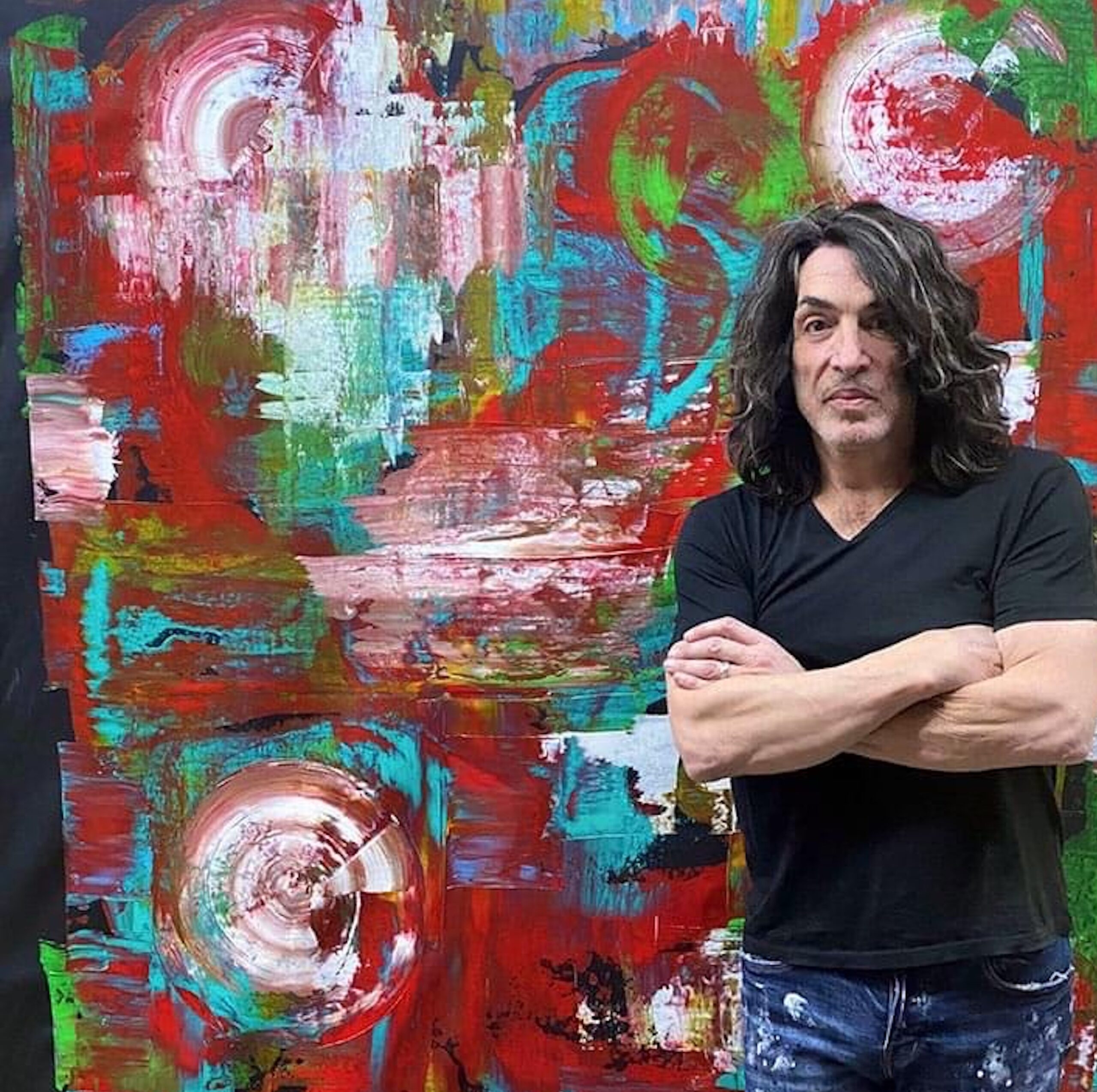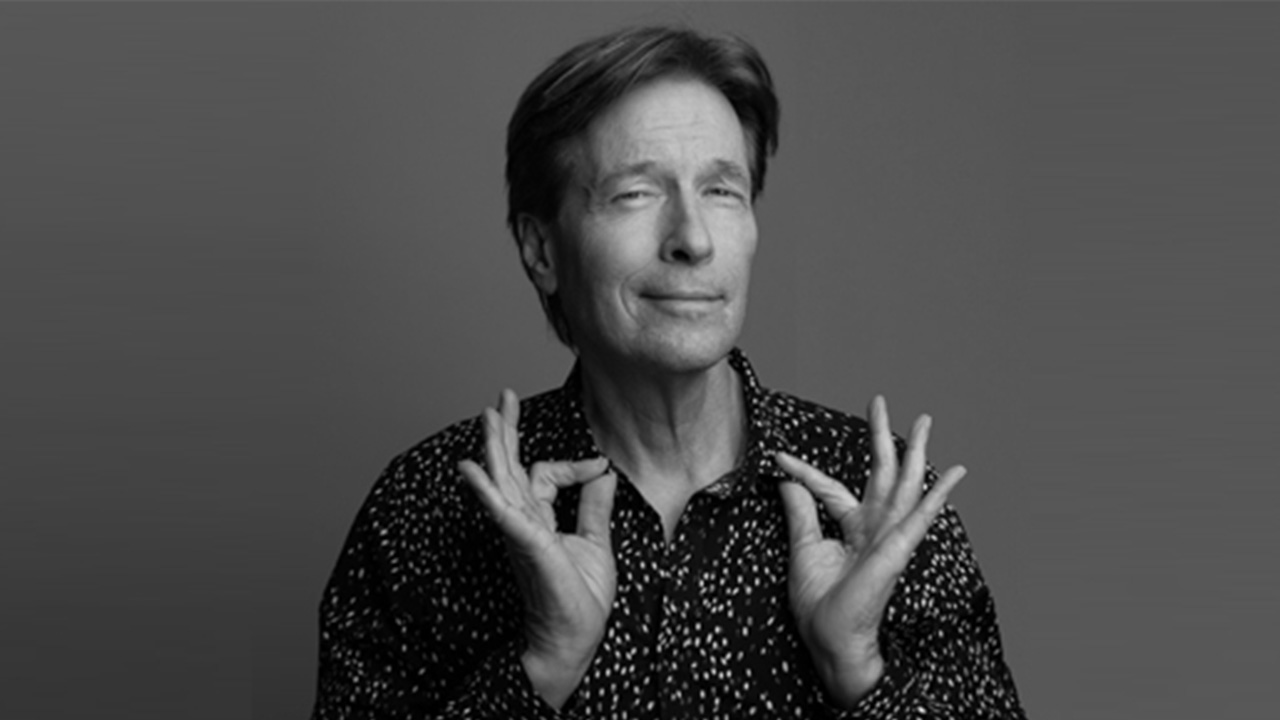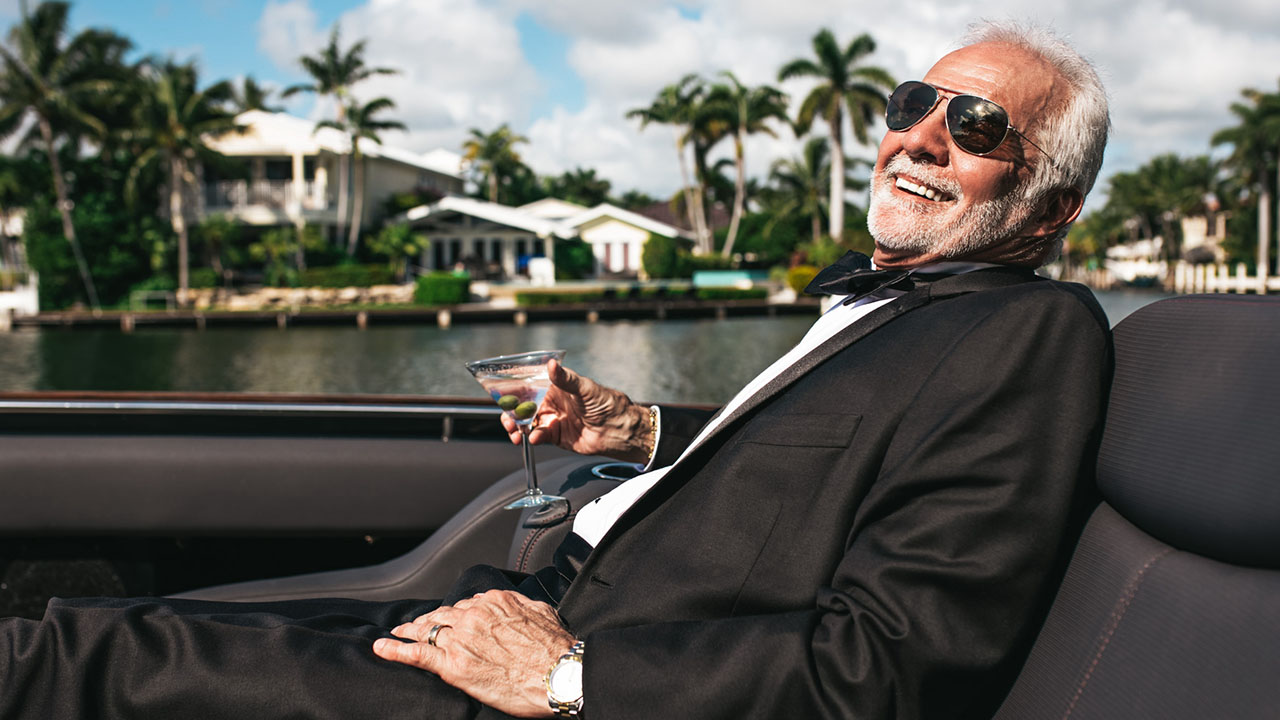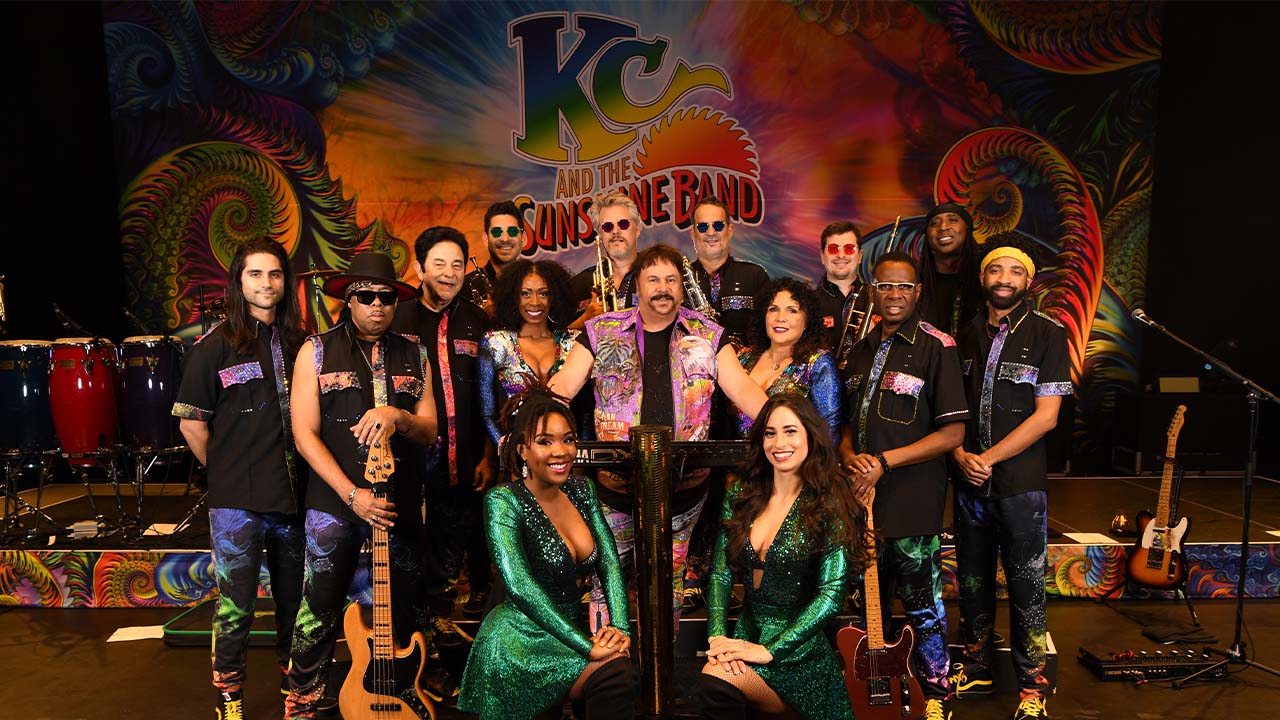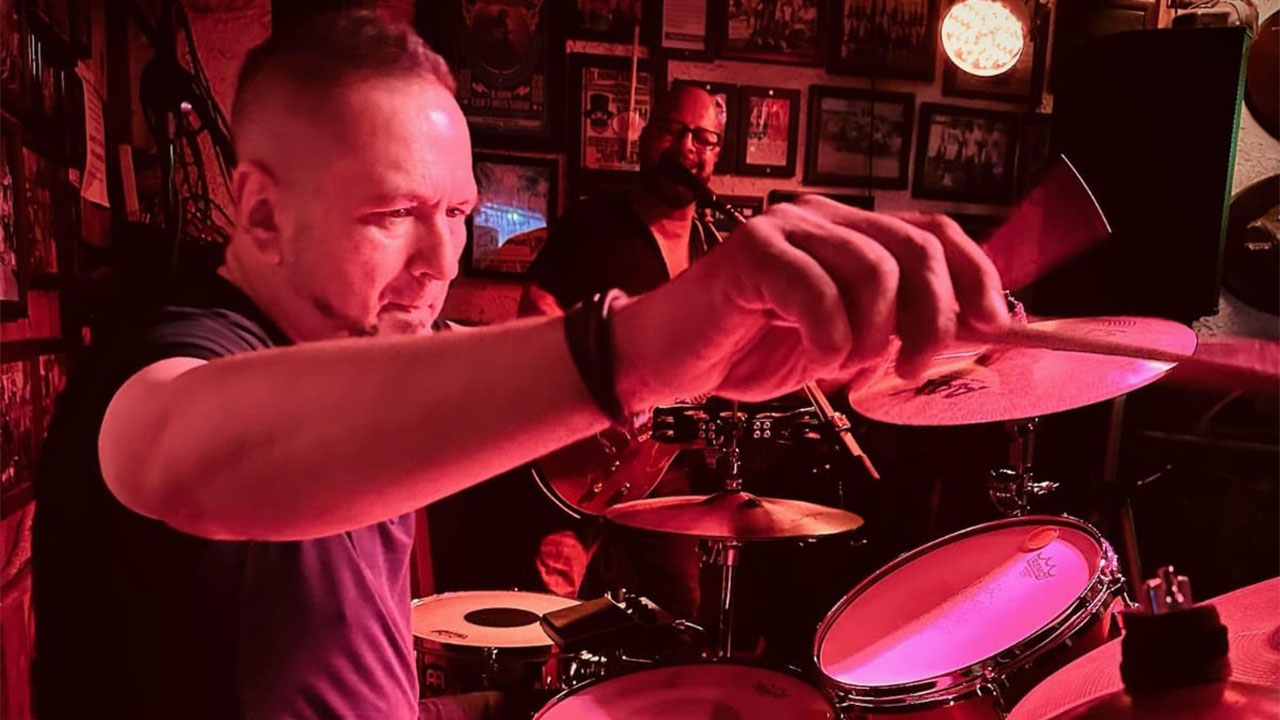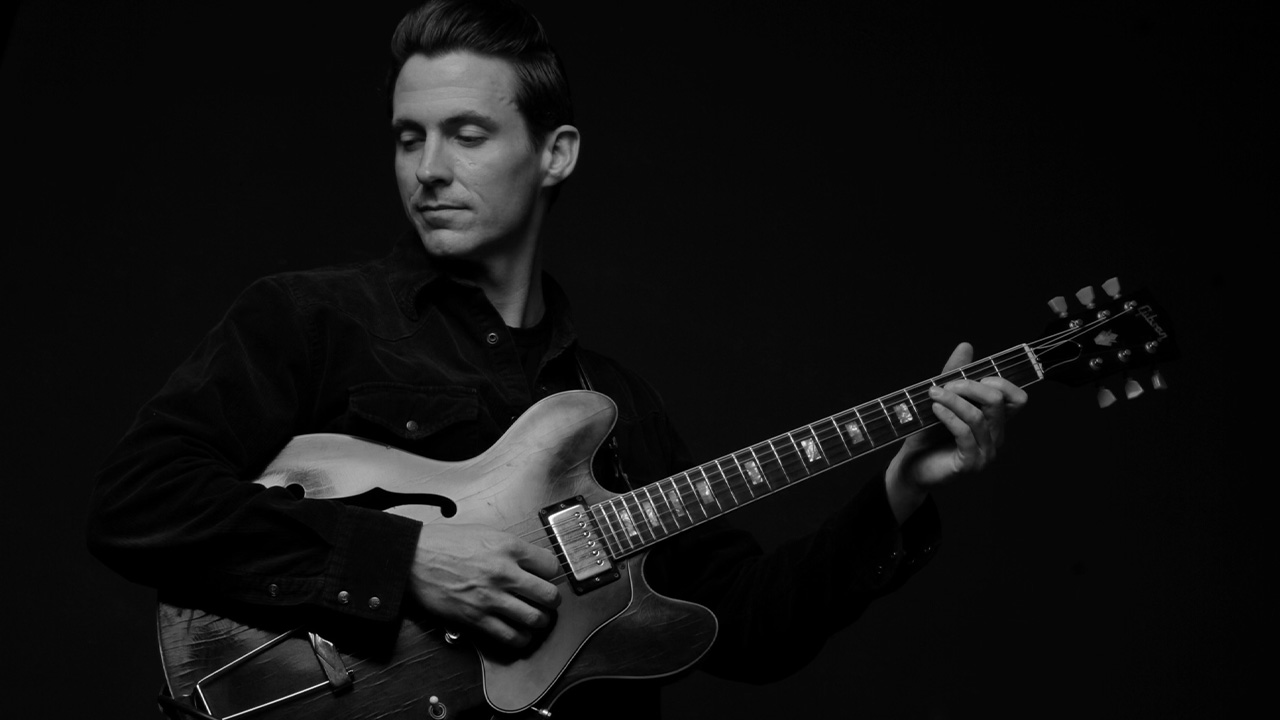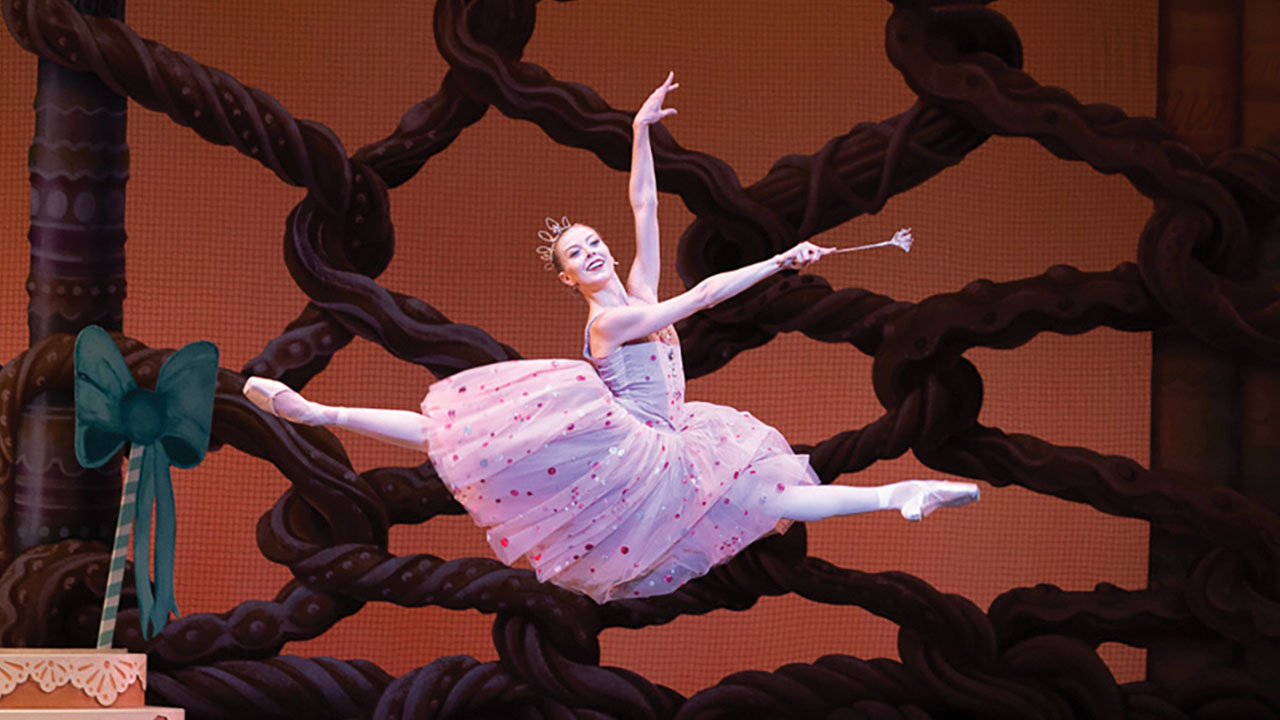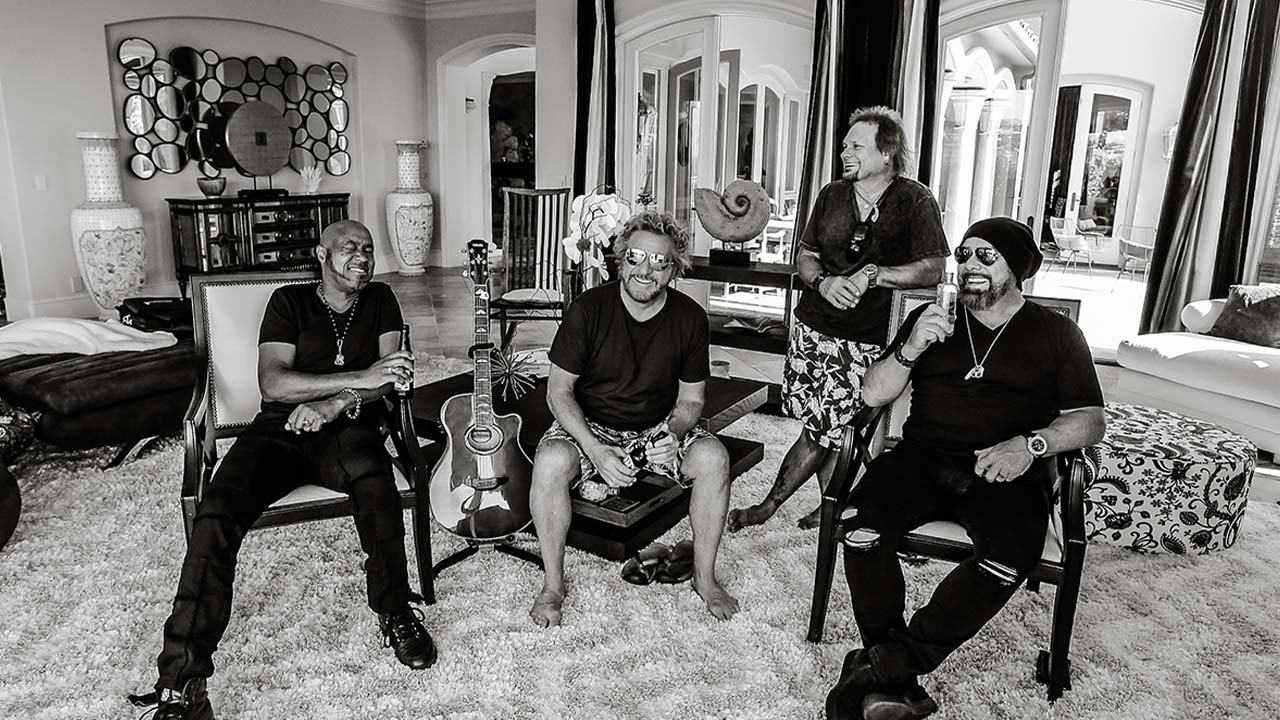It’s no secret to fans of KISS that visuals continue to play a prominent role in the rock band’s global success—from the pyrotechnic theatrics in their stage show to the iconic face paint and wardrobe that created a mass-market phenomenon starting in the 1970s.
But the visual appeal doesn’t end there, at least when it comes to front man Paul Stanley. For the past two decades, Stanley has put brush to canvas, creating emotionally fueled portraits and abstracts that have found their own international audience—and tens of millions of dollars in sales.
Stanley returns to South Florida on Feb. 3 and Feb. 4 for appearances at Wentworth Gallery, which exclusively represents him. He’ll be at the Wentworth inside Seminole Hard Rock Hotel & Casino from 7 to 9 p.m. on Friday (5804 Seminole Way in Hollywood) and the Wentworth at Boca Raton’s Town Center Mall from 4 to 7 p.m. on Saturday (6000 Glades Road).
He recently spoke to Lifestyle about his artistic journey; here’s a brief excerpt. See the March 2023 issue of Lifestyle for the full story.
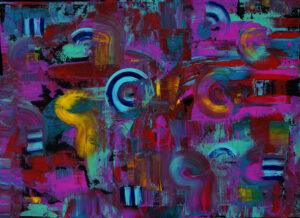 Have you ever taken formal art classes or worked with a mentor/tutor?
Have you ever taken formal art classes or worked with a mentor/tutor?
I went to a very prestigious school in New York called the High School of Music & Art—and I probably have the distinction of being the only person to ever fail art. Nobody works harder than me, but it has to be what I choose. I’m not a great follower of directions or expectations. So, I did as little as possible—in fact, less than that because I didn’t pass art at all.
Picking up the brush later in life was a new experience for me—and very promising. It was something that I felt could develop, for purely personal reasons. I had no interest in showing my art to the world. But I hung a few pieces in the house [of which I was] proud, and invariably people would ask about them. I didn’t even sign them; I was too self-conscious.
Flash forward. I’m in Maui, and a gallery owner asks if he could do an exhibition around my work. I was very hesitant because I didn’t do it for those reasons. Also, I didn’t think anyone would care.
I’ve been surprised at the reaction, that people would buy these pieces. That was eye-opening. It’s reached proportions now that I couldn’t have imagined. But it’s born out of the same thing that most of my successes are—and that’s doing something that pleases me. I’m a firm believer that if you do something that you like and believe in, other people will feel the same—because we’re not that different.
I’m always happy to see people who’ve never been to a gallery [to a place like Wentworth]. I feel it’s almost a mission to let them know that their opinion is valid. The idea that you have to have an educated opinion is the work of people whose salary depends on having you believe that. For someone to tell you what good art is, to me, is absurd. It’s all so subjective.
As the dynamic changed around your art, and suddenly there’s this public interest, did that change the way you approached the canvas?
Not at all. That’s probably part of the reason there’s so much variance in my style. The consistency is color. The vibrancy doesn’t change, no matter where I apply it—whether it’s canvas, plexiglass.
I’ve never thought, “What will the public like?” That’s like a time bomb. It can only get you in trouble. I’d rather fall on my butt, on my own terms. My successes have all been based on my gut feeling and about what satisfies me.
Is there something you’ve learned about yourself through painting that you hadn’t learned through other artistic expressions?
That’s a tough question. I think I feel more complete, just because it’s another piece of the puzzle. Maybe, at some point, I’ll back away and look at what that puzzle is showing.
I do find myself more at peace the more that I can express myself. When people find outlets, they tend to be less stressed. It’s a way to release the steam valve.


